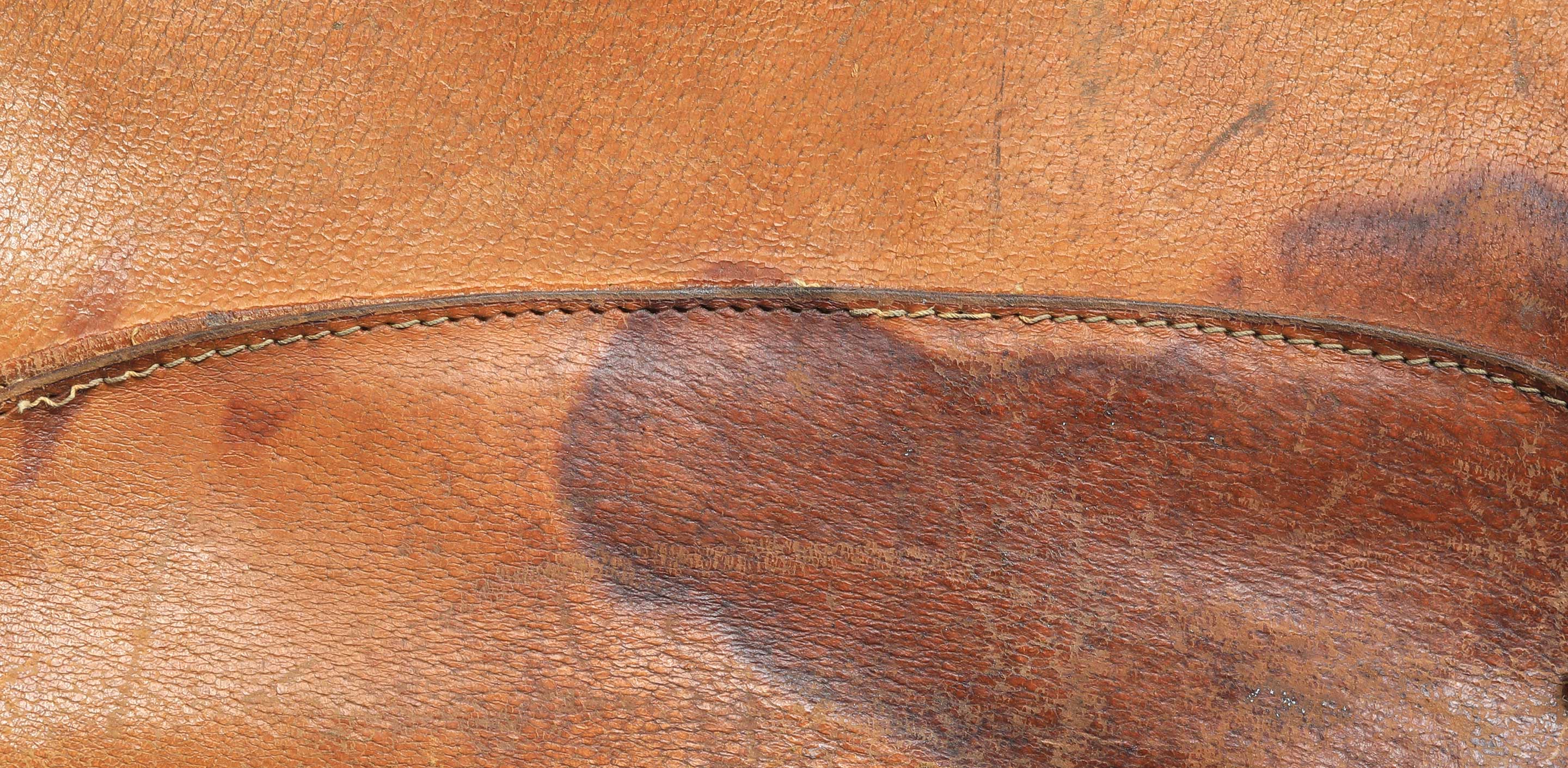Oil Stains Be Gone: The Ultimate Guide to Cleaning Leather

Removing oil stains from leather requires careful handling to avoid further damage to the material. Leather, being porous, can absorb oil quickly, making it challenging to remove without the right techniques. Here's a guide on how to get oil out of leather using various methods, from home remedies to specialized products.
Absorbent Materials:
- Immediate Action: As soon as the spill occurs, blot the area gently with a clean, dry, absorbent cloth or paper towel. Do not rub, as this can spread the oil deeper into the leather.
- Powder Application: Apply a layer of talcum powder, cornstarch, or baking soda directly on the stain. These powders are highly absorbent and can draw out the oil from the leather.
- Let It Sit: Allow the powder to sit on the stain for several hours or overnight. The longer it sits, the more oil it can absorb.
- Brush Off: Use a soft brush to gently remove the powder from the leather. Repeat if necessary.
Dishwashing Liquid:
- Mild Solution: Mix a few drops of dishwashing liquid with warm water. Look for a gentle, non-abrasive dish soap.
- Application: Dip a soft cloth into the solution, wring it out so it’s damp, not wet, and dab the stained area gently.
- Rinse: Wipe the area with a cloth dampened with clean water to remove soap residue.
- Dry: Pat the area dry with a clean cloth and let it air dry completely.
Vinegar Solution:
- Prepare Solution: Mix equal parts water and white vinegar. Vinegar is a mild acid that can help break down oils without damaging the leather.
- Apply: Dip a soft cloth into the solution, wring out excess liquid, and gently dab the stained area.
- Wipe Clean: Use a clean, damp cloth to remove any vinegar residue.
- Air Dry: Allow the leather to dry naturally.
Cornstarch Poultice:
- Apply Cornstarch: Sprinkle a generous amount of cornstarch over the oil stain.
- Create Poultice: To enhance absorption, you can also mix cornstarch with a little water to make a paste, then apply it to the stain.
- Cover and Wait: If using a paste, cover it with plastic wrap and let it sit overnight.
- Remove: Gently brush away the dried cornstarch or poultice.
Leather Degreaser:
- Choose a Product: Select a leather degreaser designed specifically for removing oil and grease from leather. These products are formulated to tackle tough stains without harsh chemicals that can damage the leather.
- Follow Instructions: Apply the degreaser according to the manufacturer's instructions. This often involves spraying or applying the product directly to the stain and allowing it to work its magic.
- Wipe Off: After the recommended time, wipe off the degreaser with a clean cloth.
- Condition: After cleaning, always condition the leather to restore moisture and protect it from drying out.
Final Tips:
Always test any cleaning solution on a small, inconspicuous area of the leather first to ensure it doesn't cause discoloration or damage. Avoid using heat to dry the leather, as this can cause it to become brittle. Regularly conditioning leather after cleaning helps maintain its softness and resilience.
By following these steps and using the right materials, you can effectively remove oil stains from leather, preserving its beauty and extending its life.


